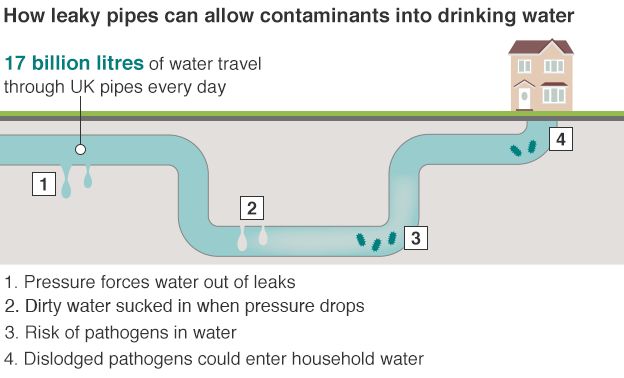Utilize The Complex Equilibrium Of Expenses And Ecological Influence To Discover Real Potential Of Solar Energy Versus Traditional Resources
Utilize The Complex Equilibrium Of Expenses And Ecological Influence To Discover Real Potential Of Solar Energy Versus Traditional Resources
Blog Article
Post Author-Jain Blum
When assessing the viability of solar power versus traditional energy sources, you might find yourself contemplating the long-term sustainability and impact on your funds. The elaborate balance between preliminary expenses, continuous expenses, and environmental effects elevates sixty-four-thousand-dollar questions concerning the future of power generation. As you browse through the complexities of this contrast, a deeper understanding of the nuances in cost-effectiveness, environmental stewardship, and energy protection waits for expedition.
Cost-Effectiveness Contrast
When comparing the cost-effectiveness of solar power with conventional power resources, it becomes evident that initial investment differences play a pivotal duty in determining lasting financial savings.
While solar power systems call for a higher upfront investment for setup and equipment, they use considerable long-term advantages that can outweigh the preliminary prices. The essential hinge on recognizing that solar power systems have very little continuous operational and upkeep expenses compared to traditional energy sources like nonrenewable fuel sources.
By investing in solar power, you can possibly save money on utility expenses over the system's life-span. In addition, with advancements in modern technology and reducing installation prices, solar power has ended up being extra accessible and affordable for homeowners and organizations alike. These savings can accumulate gradually, supplying a return on investment that goes beyond conventional energy resources.
Furthermore, solar power systems use the advantage of power freedom and stability against rising and fall utility rates. By using the power of the sun, you add to a cleaner environment and decrease your carbon footprint. Accepting related web-site in the future.
Environmental Impact Analysis
Solar energy offers a promising option to conventional energy sources due to its significantly reduced ecological influence. Unlike fossil fuels that release harmful greenhouse gases and add to air pollution, solar energy produces electrical energy without producing any discharges.
The procedure of utilizing solar power includes capturing sunshine through photovoltaic panels, which doesn't release any contaminants right into the atmosphere. This absence of exhausts helps in reducing the carbon impact related to energy production, making solar energy a cleaner and a lot more sustainable alternative.
Additionally, making use of solar energy contributes to preservation efforts by lowering the demand for finite resources like coal, oil, and natural gas. By relying upon the sun's bountiful and renewable energy resource, we can help preserve natural environments, secure ecological communities, and minimize the negative influences of source removal.
Reliability and Power Landscape Evaluation
For an extensive evaluation of dependability and the power landscape, it's important to examine exactly how solar power contrasts to standard resources. https://elliotlvdmv.mdkblog.com/36867479/personal-story-just-how-i-went-from-doubter-to-fan-of-solar-power-solutions is pushing on as a dependable and lasting energy resource. While typical resources like coal, oil, and gas have actually been historically dominant, they're finite and contribute to ecological deterioration.
Solar power, on the other hand, is plentiful and sustainable, making it an extra lasting choice over time.
In regards to integrity, solar power can be depending on weather conditions and sunshine accessibility. Nonetheless, improvements in technology have led to the advancement of power storage space options like batteries, enhancing the dependability of solar power systems. Standard sources, on the other hand, are vulnerable to cost fluctuations, geopolitical tensions, and supply chain interruptions, making them much less dependable in the long-term.
When analyzing the energy landscape, solar energy supplies decentralized power manufacturing, decreasing transmission losses and enhancing power security. Standard resources, with their centralized nuclear power plant, are much more vulnerable to disturbances and need extensive facilities for distribution.
Conclusion
Finally, when contrasting solar power to traditional energy resources, it is clear that solar energy offers an affordable, environmentally friendly, and reliable option. With very little functional expenses, possible cost savings on energy expenses, and a significantly reduced ecological impact, solar power is coming to be a much more sustainable and protected alternative. Embracing solar power can help reduce greenhouse gas discharges and contribute to conservation initiatives, making it an engaging selection for the future.
